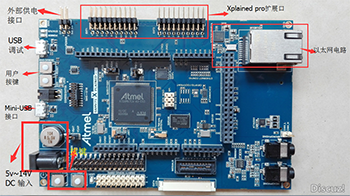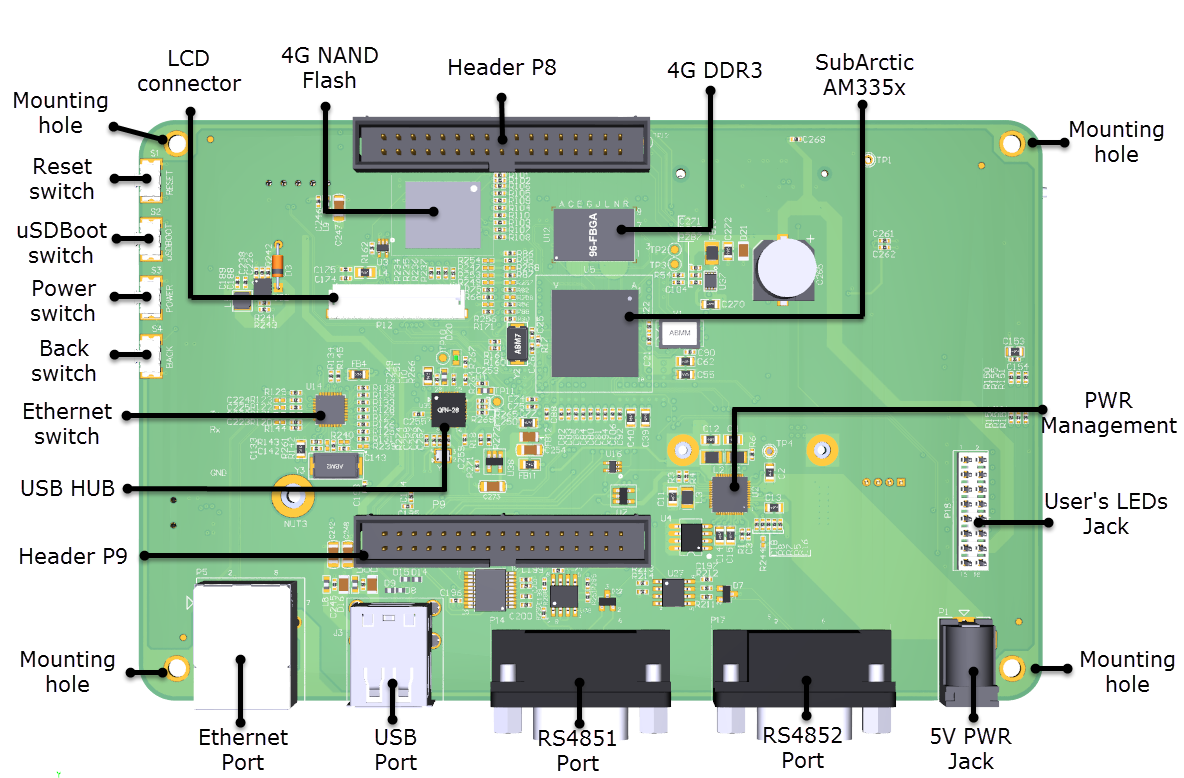Finding the right Embedded Single board computer and software platform for a chosen semiconductor SoC takes time and patience. especially when you need a custom hardware that fits you requirement and also you want to make sure to speed up software development process. if you want a really good fit and need the solution to be highly optimised for cost and performance. It is sometimes difficult to find a single hardware hardware that is right for your project and that serves all the functionality
With all these requirements and variables, selecting the right combination of Operating System, middleware, and CPU can be problem. At SSLA Embedded, we have made available multiple known-good combinations where we have ported and optimised embedded operating systems and middleware onto specific hardware platforms. additionally apart from that at SSLA we can listen to your need and implement your customised hardware software that fits your requirement.
For example, the SCADA hardware platform makes a very versatile and capable target embedded evaluation board, particularly when combined with a multi-featured Linux OS. One specific target for the SCADA embedded board with LTE modem is automotive design prototyping where the processor speed, flexible I/O and serial interfaces, CAN support. This is particularly true in ADAS (Advanced Driver Assistance Systems) or Control system applications where deterministic scheduling through the use of an Linux OS combined with flexible interfaces to the vehicle network are needed. SCADA device can also be expanded using an P8 and P9 header interface in order to accommodate extendable prototypes.
To help with the overall design flow, SCADA provide software to capture embedded code, compile, debug and flash to the SCADA targets. Fast iteration of design changes can be achieved and shorten the time to market, making this embedded software development environment both convenient and extremely practical.where as with customizing hardware software using acura8mm, raspberry pi, beaglebone black, Arduino, Adafruit, Intel, IMX8, IMX6, banana pi, orange pi, solid run, cubox-i, Embedded single board, Best embedded boards requires time and patience with huge resource
SSLA Embedded is pleased to announce a new hardware, iSCADA device is a embedded board for industrial application that runs on embedded linux. This product is designed to help clients in many fields of telecom, automotive, medical, remote automation, and industrial control. we provides clients with hardware that meets most of industrial requirements. Anchored by TI’s ARM cortex-A8 CPU 1-Ghz processor, sitara processor SCADA is integrated with the following on board: RS232/serial interface (2), RS485 interface (2), CAN interface, LTE modem, Wifi, Ethernet, eMMC, SD card, USB (2), 512MB SRAM, 1024K eprom, I2C, SPI, 8 LED’s, 4 switches and 20 GPIO’s.
SOFTWARE : SCADA software provided by us includes gnu arm embedded toolchain, compiler,RS485 device drivers, RS232 device drivers, CAN drivers,sd card , i2c, spi , lcd LTE modem wifi, ethernet drivers and all of the commonly needed device drivers



